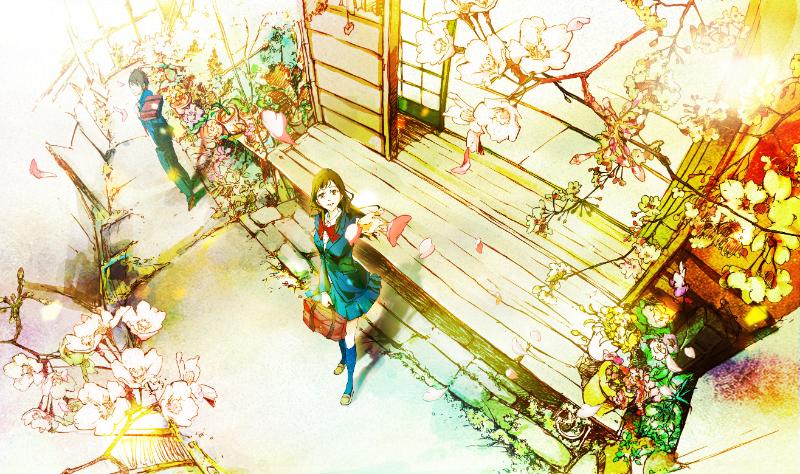Topics
トピックス
 2025.09.19
2025.09.19  未分類
未分類 Japanese Anime Co‑Production: What It Is, How It Works, and Where It’s Headed

目次
Overview
Japanese anime co‑production has evolved from a traditional outsourcing model into equal‑footing partnerships. Today, studios and platforms co‑finance from the development stage, align on IP strategy, and share production responsibilities across borders.
Global demand is the key driver. The world anime market reached roughly USD 30B in 2023, with Japan accounting for more than 40%, and forecasts point to continued growth with worldwide day‑and‑date distribution now the norm for premium series. Planning “for global from pitch” has become standard practice as streamers scale.
From Outsourcing to Partnership: A Short History
- Early cross‑border efforts (late ’70s–’80s): Japan teamed with European partners on titles like Dogtanian and the Three Muskehounds and Ulysses 31, pioneering international co‑pro models.
- ’90s mass‑production era: Workshare with Korea/Taiwan matured—layouts, key animation, in‑betweening, ink & paint, and background art were distributed across studios at scale.
- 2000s–2010s globalization: True co‑development surged. AFRO SAMURAI (2007) united Hollywood talent with a Japanese studio; later, platform‑led models accelerated simultaneous JP/KR/US releases (e.g., Tower of God).
Recent Case Studies
- China × Japan: To Be Hero (Haoliners + Japan) and Azur Lane (Chinese game IP, animated by a Japanese studio) demonstrate co‑dev around Chinese IP with Japanese craft.
- Saudi Arabia × Japan: Asateer: Future’s Folktales S2 (Toei Animation × Manga Productions) blends Saudi folklore with Japanese direction and production know‑how.
- Korea × Japan: Webtoon‑originated hits (Tower of God, The God of High School) were produced by Japanese studios with Crunchyroll financing and distribution.
- Europe × Japan: Ōban Star‑Racers and Radiant show Europe‑originated IP produced with Japanese studios for dual‑market rollout.
- US × Japan: From Marvel Anime (Iron Man, Wolverine, X‑Men, Blade) to Star Wars: Visions, US企画 × JP制作 is now a proven template—Western showrunners, Japanese animation directors, hybrid pipelines.
What Makes Co‑Productions Hard—and How to De‑Risk

- Time zones: Slows reviews and retakes unless you pre‑plan decision windows and establish clear dailies/shot‑grid protocols.
- Language & production culture: Japan favors flexible on‑floor fixes; Western partners expect spec‑driven notes, locked cuts, and robust documentation (shot lists, exposure sheets, delivery specs). You need a shared workflow and a single source of truth.
- Contracts & rights management: Territorial rights, merchandising, and platform windows must be resolved at greenlight to avoid downstream conflicts.
- Revenue waterfalls: Define recoupment, backend, and consumer products splits with transparency to keep the partnership healthy over multiple seasons.
Outlook
With streaming‑first distribution, co‑financing to spread budget risk, and Japan’s strengths in layout/boarding, key animation, and direction, multi‑country projects will keep accelerating—especially where IP strategy and marketing are integrated from development.
Work with CreativeFreaks
CreativeFreaks bridges partners across languages, time zones, and legal regimes—covering development, asset management, schedule control, QC, and rights tracking so both sides can focus on the show. If you’re exploring a Japan co‑production, talk to us.








